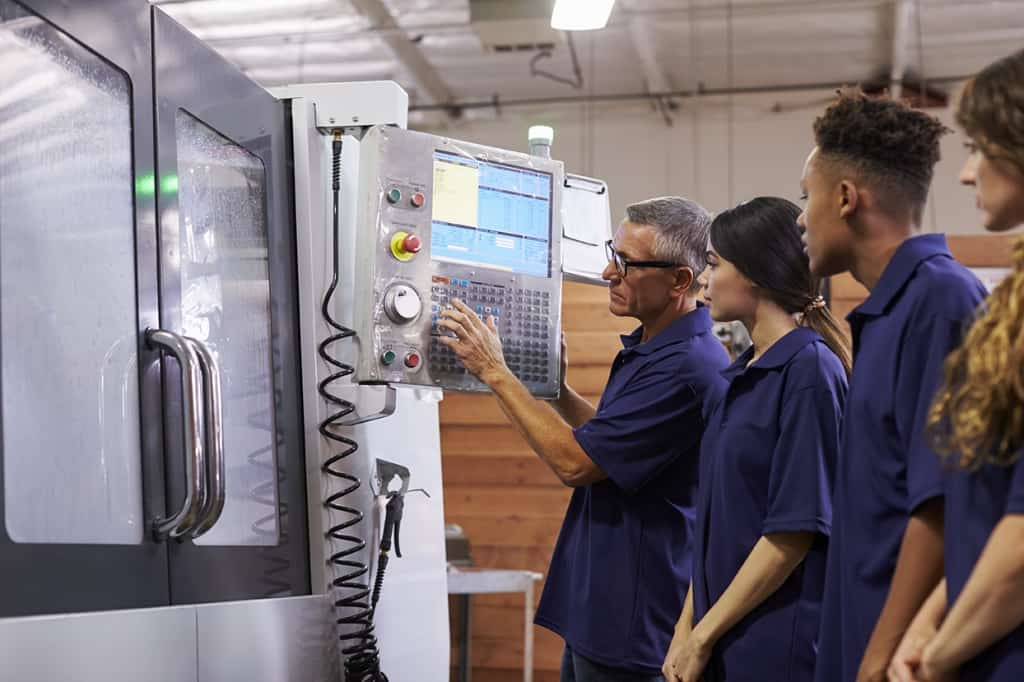Remote vs. Deskless Workers: Training Tips to Keep Everyone Engaged
In today’s workforce, a significant portion of employees fall into two categories: remote workers and deskless workers. While both differ from traditional office staff, their needs are equally important. Here’s the key takeaway: One-size-fits-all training doesn’t work. Let’s explore the unique challenges of each group and how to deliver training that keeps them engaged and thriving.
Understanding the Remote Workforce
Remote employees often battle feelings of isolation and struggle to stay connected with colleagues. Training for them should address these concerns while keeping them interested.
- Embrace Flexibility: Remote workers value flexibility. Utilize a Learning Management System (LMS) that allows for self-paced learning and personalized learning paths. This caters to different skill levels and busy schedules.
- Onboarding Matters: Remote employees can feel left out during onboarding. Go the extra mile to make them feel welcome. Provide a virtual office tour, introduce them to team members, and ensure they have clear communication channels.
- Foster Collaboration: Combat isolation by incorporating peer-based learning. Create online forums or collaborative activities to encourage knowledge sharing and build a sense of community.
- Blended Learning is Best: Combine the benefits of online courses with real-time sessions. This allows for in-depth exploration of topics and fosters interaction with instructors and peers.

Engaging Deskless Workers
Deskless employees are constantly on the move, often working in shifts or physically demanding jobs. Finding training time can be challenging.
- Mobile is the Way to Go: Since deskless workers lack access to computers, mobile learning is the answer. Short, bite-sized training modules accessible on smartphones or tablets fit seamlessly into their workflow.
- Microlearning Makes a Difference: Deliver targeted information in small, easily digestible chunks. Microlearning is ideal for simplifying complex topics and maximizing knowledge retention.
- Just-in-Time Training to the Rescue: Provide instant guidance for on-the-job situations. Think short infographics or videos that deskless workers can access when they need help with a specific task.
- Build a Reference Center: Create a mobile-friendly knowledge base within your microlearning app. This allows deskless workers to easily access information, refresh their memory, or reinforce existing knowledge.
The Takeaway
By recognizing the unique needs of remote and deskless workers, you can develop training programs that keep them engaged and productive. The right training methods, combined with high-quality content, lead to a more skilled and empowered workforce – a win for everyone!





